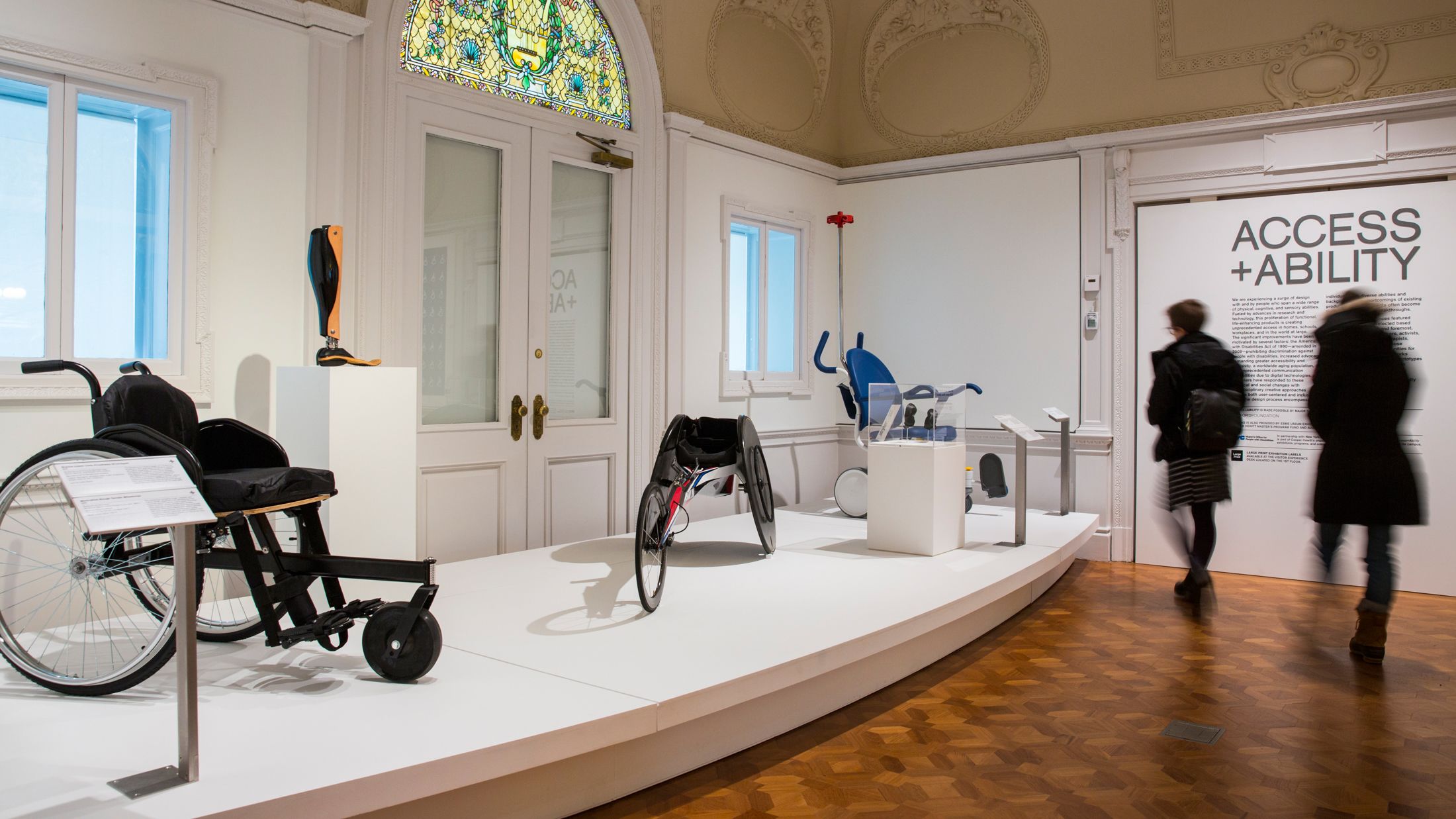
From a Previous module, there was a reading that discussed how the Prado Museum in Spain had integrated a new art exhibit for blind and visually impaired museum goers. In the exhibit, there are a selection of paintings that have been recreated into 3D using ultraviolet light and specialized ink to create the 3D effect on the recreation of the paintings (Minder 2015).

It is from this article then that sparked an interest to find out what can librarian learn from museums about accessibility as the library should be a place for everyone. To begin is to figure out if a library is ADA compliant which is the bare bones. But what I wanted to look for was what was going a step further. One of these steps forward is the utilization of digital initiatives. One such example is Virginia Deaf Culture Digital Library which is a program that began in 2021 (which houses materials on Deaf History, Deaf culture, (both locally to Virginia and Nationally) and online resources (deaflibva.org)
Another example is communication with the community and making room for community needs which is what the Main Library at the University of Illinois did in remolding a study room on campus for students registered with the Disability Resources & Educational Services. What was important in the room was that it was to be a place of privacy rather than a room well stocked with assistive tech. According to one librarian “for patrons with visible disabilities, always being visible as having a disability is exhausting, so the desire for quiet and privacy makes sense” (Pionke 2022).
This is not every example of accessibility, but I think it is a good starting point to help us see that there are ways that we can do more in the library. It will vary depending on patron needs, but communication is very much key.
Works Cited:
Minder. (2015). The Prado Museum creates the first art exhibition for the visually impaired, using 3D printing. Open Culture. https://www.openculture.com/2015/03/prado-creates-first-art-exhibition-for-visually-impaired.html
Pionke, J. (2022). Creating accessibility in libraries. Library Journal. https://www.libraryjournal.com/story/Creating-Accessibility-in-Libraries
Find books, magazines, and more. Deaf Culture Digital Library. (n.d.). https://deaflibva.org/
@kmg333 I am thrilled you did a Wild Card post! Thanks for sharing the amazing videos and images.